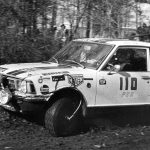The booming sound of race cars echoes through the sleepy villages. Nestled in the lower part of the French Alps, these communities are by now familiar with the rumble that fills the air twice each year. The first symphony is played by the cars that compete in the Rally Monte-Carlo, a round of the World Rally Championship that includes factory-backed entries like the Toyota Yaris and the Ford Puma. The second concert has more of a classic vibe to it: it’s the Historic Monte Carlo Rally (Rally Monte Carlo Historique, in French), which is exclusively open to pre-1983 cars.
Forget crowded autojumbles, auctions with money flying around the room, and don’t even think about a burger van (this is France, after all). Rally Monte Carlo Historique is a pure, undiluted celebration of classic cars. Strap in as co-driver, as we take you shotgun on this year’s event.

Not how Loeb did it
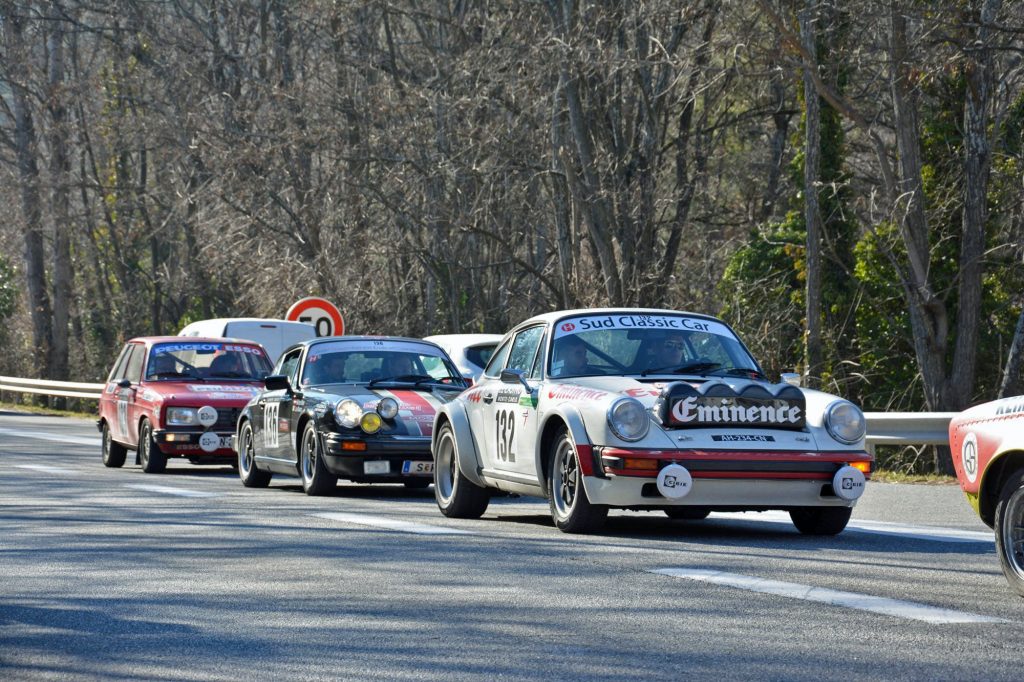
The Historique is not about flat-out speed. Ripping through the Alps with the force of a tropical storm is what the regular, WRC Monte-Carlo Rally is for. It’s a regularity rally, so the aim is to complete each stage while staying as close as possible to the average speed locked in by the organisers (which varies depending on the car’s year and engine capacity). Competitors are docked points if they drive too slowly, and, significantly, they risk getting disqualified if they exceed the average speed by 20 per cent more than once.
Sounds easy, right? Hop in your classic car, waft around for a few days, and you’re good to go? Wrong. The event takes place on public roads that remain open to traffic, so your average speed may be torpedoed by a tractor hauling manure (‘tis the season!) or by a van trying to turn around on a tight road. Weather conditions and mechanical breakdowns enter the equation as well, and such snags add up quickly when covering a route that covers more than 1100 miles in a few days.
Eligible cars (and drivers)
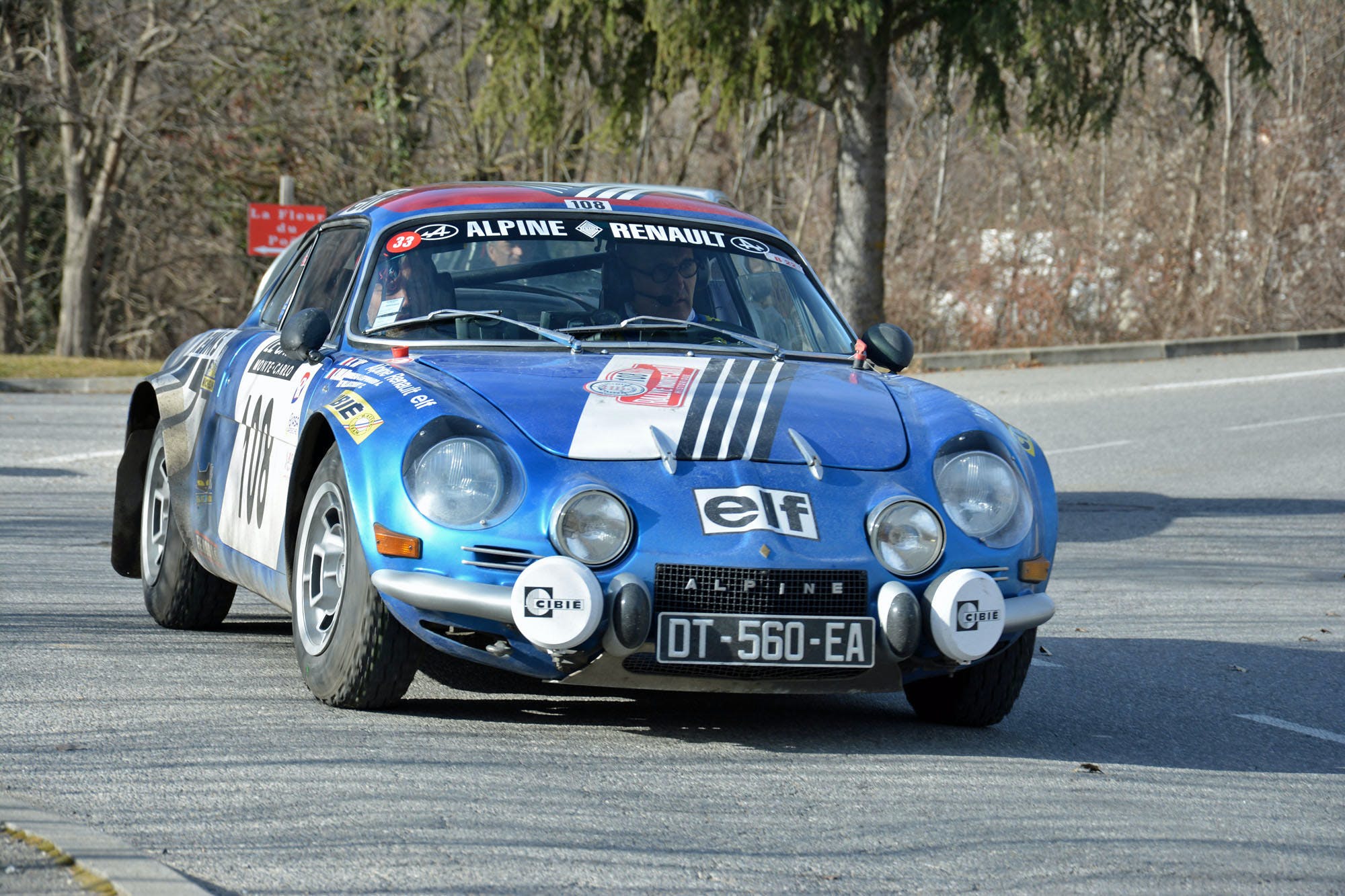
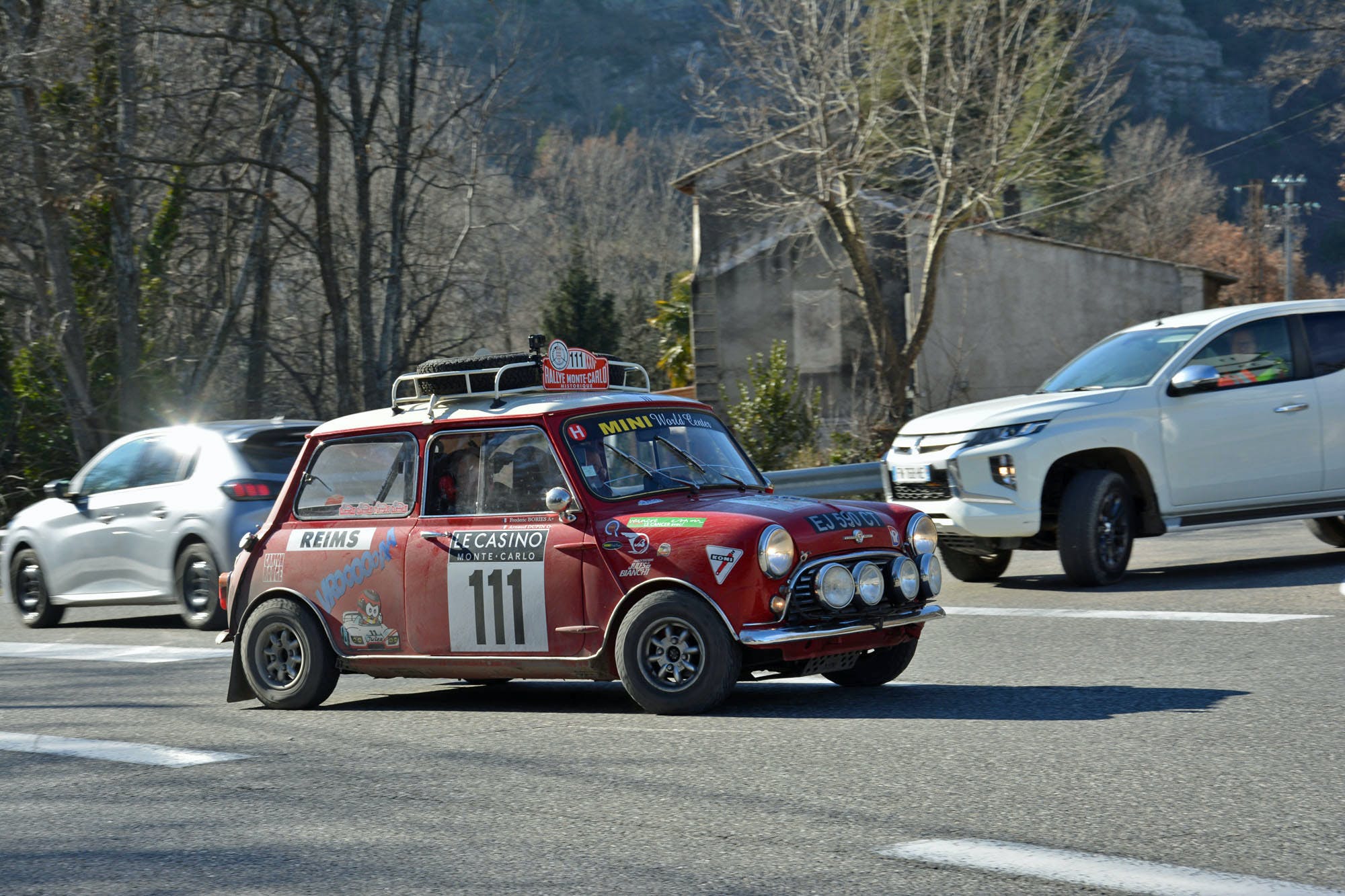
There’s no unanimous definition of what is and isn’t a classic vehicle. In this context, any car previously entered in the Monte-Carlo Rally between 1955 and 1983 is eligible for the Historique. Read the fine print, though, and the rules clarify that any entrant must have been built between those years. So, a 1984 Alpine A310 can’t compete even though dozens of nearly identical coupes lined up on the starting grid in the 1970s and the early 1980s. And, any eligible car needs to have been made in a year that the model actually raced. For example, I own a 1969 Renault 4 but I can’t enter it in the Historique because the final year a 4 competed in the Rally was 1966. (Enticingly, my 1972 Mini would be a shoo-in … )
With that said, the list of eligible models is a spicy blend of sports cars, runarounds, rally-bred coupes, and family saloons from around the world. Got an old Mustang in your barn? There you go – valid, as long as it was built before 1969. The usual suspects are all accounted for, including numerous BMW, Alfa Romeo, Fiat, Lancia, Porsche, and Saab models. But there are also a few oddities that you’d never expect to see in an international rally event. One is the Citroën Dyane 6, with an air-cooled, 602cc flat-twin screeching out 32 horsepower. If that’s too fast, how about a Vespa 400? Built in France, it was powered by a 393cc two-cylinder initially rated at merely 13 horsepower.
That’s the beauty of the Historique: there are a lot of ordinary models prepared for the occasion. It’s like visiting a museum dedicated to vintage old cars where you can see (and hear!) the exhibits in motion. It’s also the wrong place for folks who think a classic needs to be red and have a horse on its nose to be exciting. Only three Ferrari models are allowed in: the 250 GT Boano, the 275 GTB, and the 308 GTB.
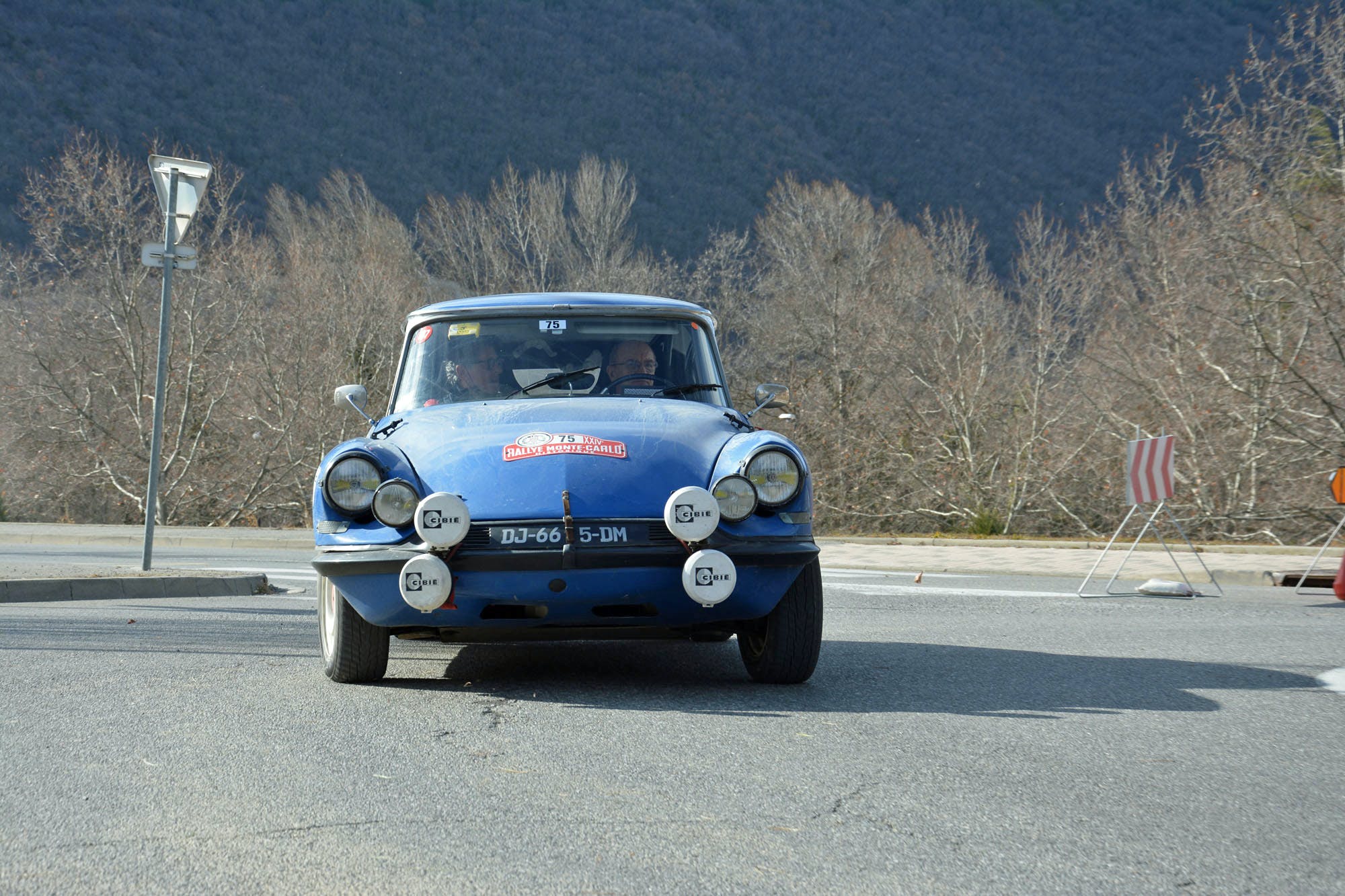
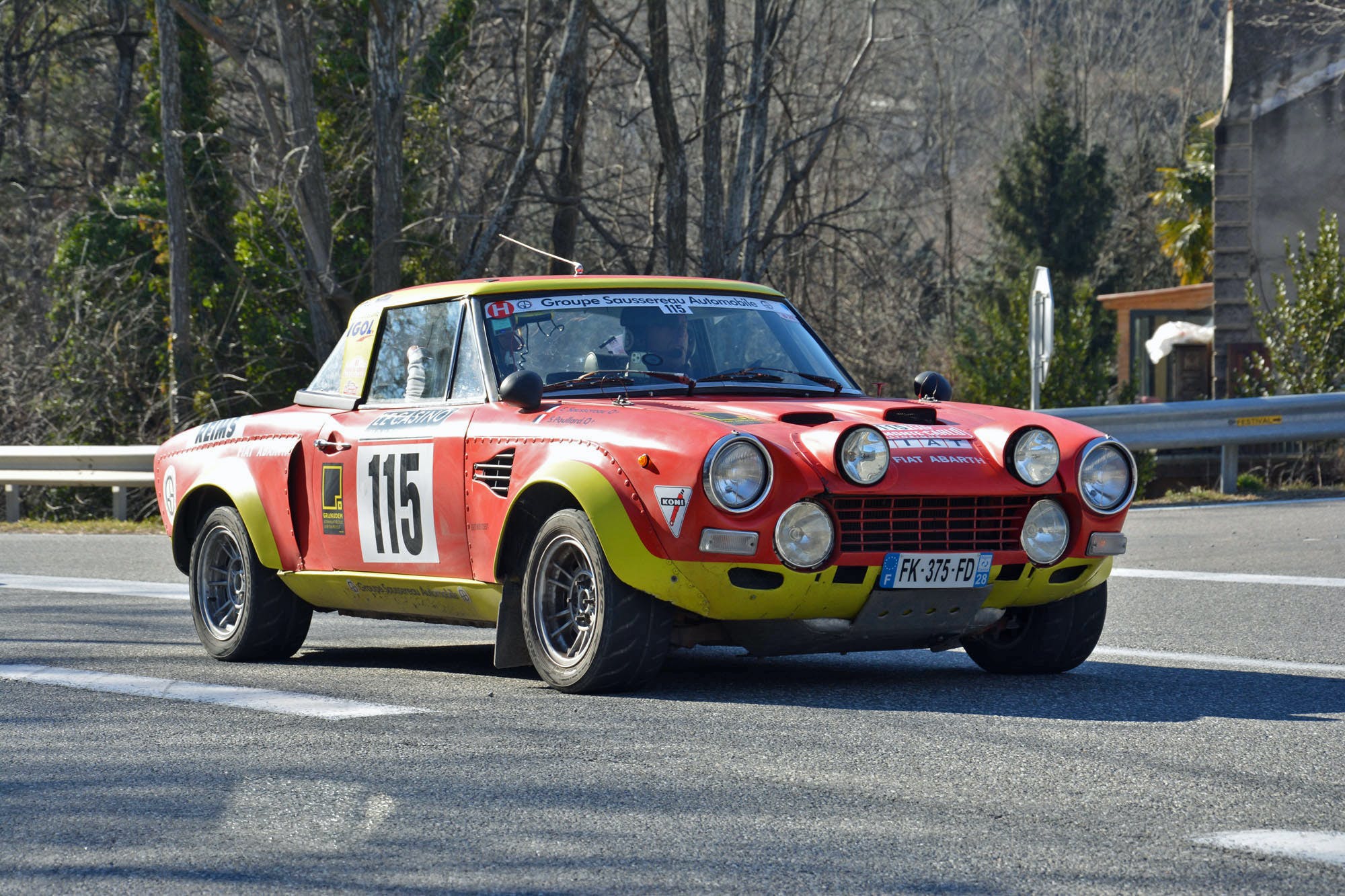
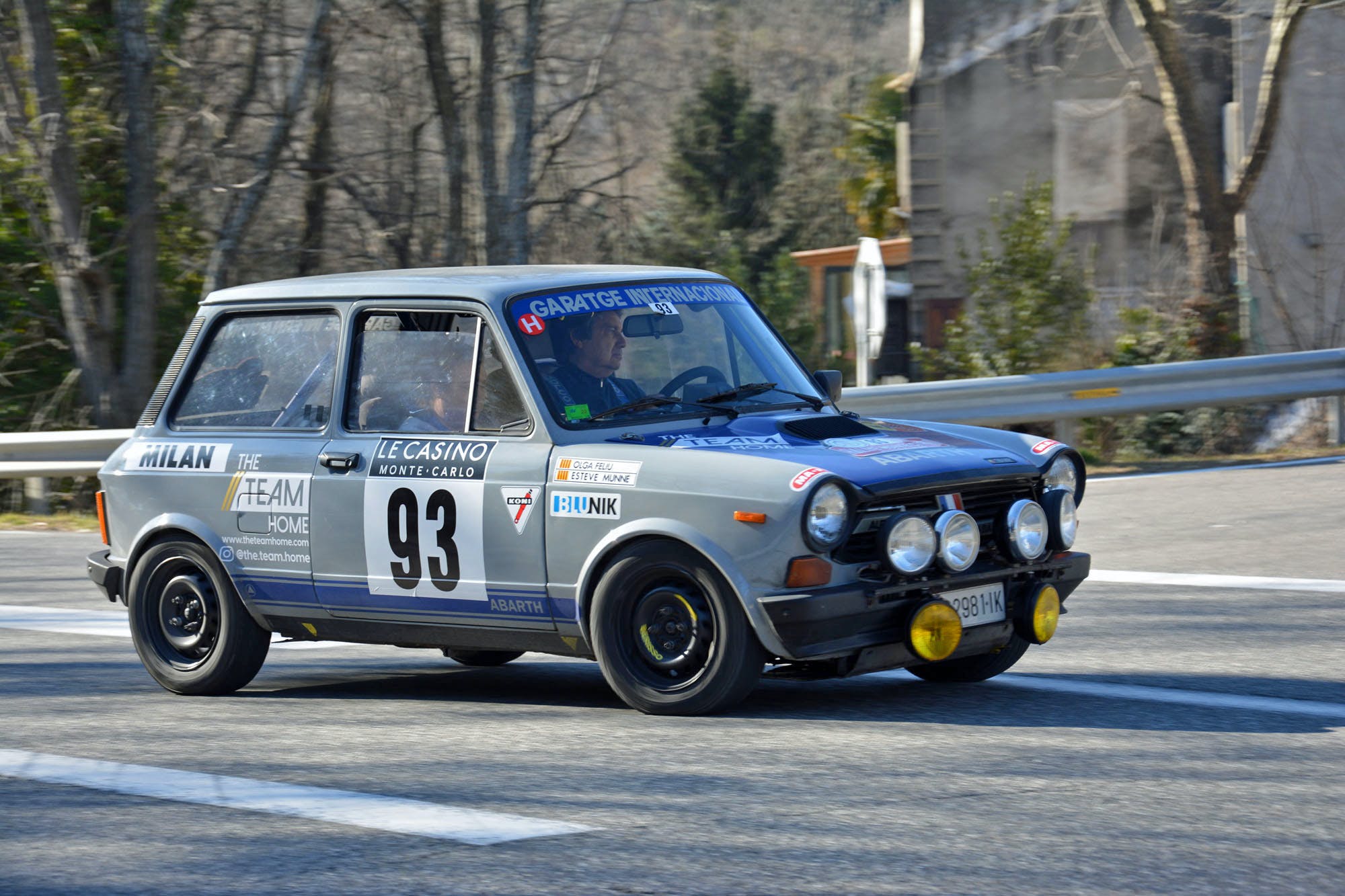
Every car needs to be inspected and approved for historic racing before the beginning of the event; the Historical Technical Passport granted by the Fédération Internationale de l’Automobile (FIA) is among the accepted forms of certification. Originality is hugely important. You can get away with fitting wheels from an E21-generation 3 Series on a 2002, but you cannot get away with mid-mounting a 3.0-litre V6 from a Milano Verde in a Hillman Imp. Lights are checked as well: putting LED bulbs in the original headlights is tolerated, but installing an LED light bar that spans the entire width of the roof is a no-go.
And, of course, participants need to be inspected and certified as well. Competitors must hold a valid, FIA-approved racing licence or request a temporary license from the Automobile Club of Monaco.
Let loose in the Alps
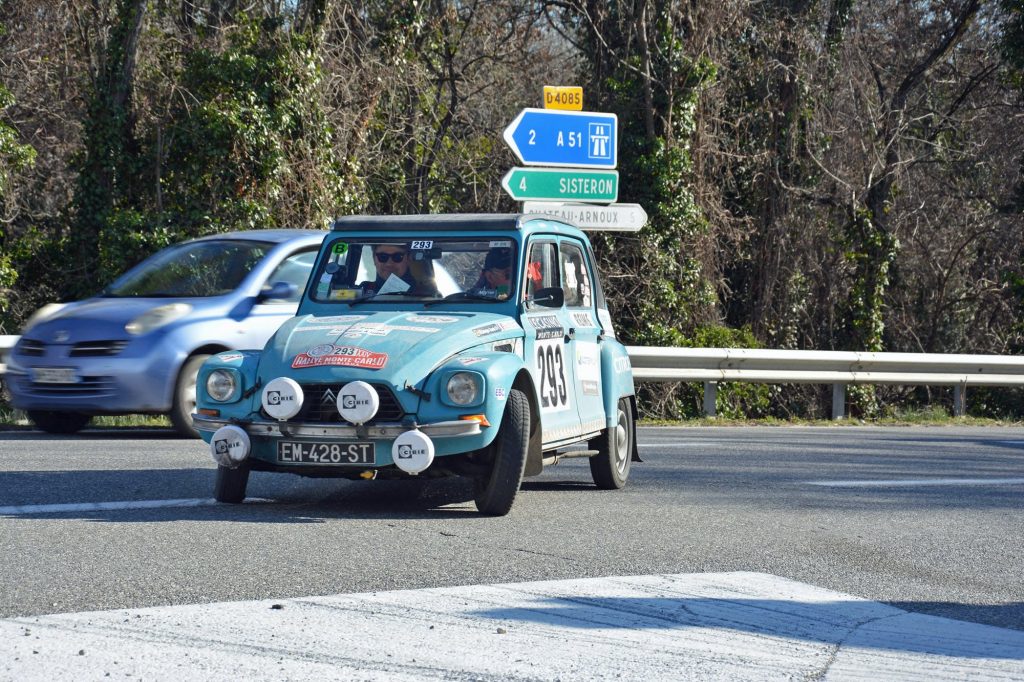
Participants in the 2022 event left from three European cities (Reims in France, Bad Homburg in Germany, and Milan in Italy) to convene in the French Alps for the common stages that lead to the finish line in Monaco. One of the common routes included a couple of miles on a road that’s about 300 yards away from my house; there’s something magical about opening your postbox to see if the postman has been on a Saturday morning and seeing a Maserati-powered Citroën SM decked out in full rally regalia lean into a turn like a bank robber on the run.
Some of the cars and the pilots in this year’s edition were competing for the first time, while others make the pilgrimage annually. The dark blue Lancia Stratos and the red Fiat X1/9 are regulars. One of the familiar faces is Carlos Tavares — yep, that Carlos Tavares. The head of Stellantis took a break from talking about the car world’s electric future to tear up the roads in a Stratos. Mentally scanning the plates on the cars that blasted by revealed a diverse field of entrants, including a Toyota Corolla Levin registered in Japan. Soviet cars are usually well represented: there were two Moskvitch 408s on Russian plates, a pair of Lada 1500s from Russia and Estonia, respectively, and two Polski-Fiat 125Ps competing this year.
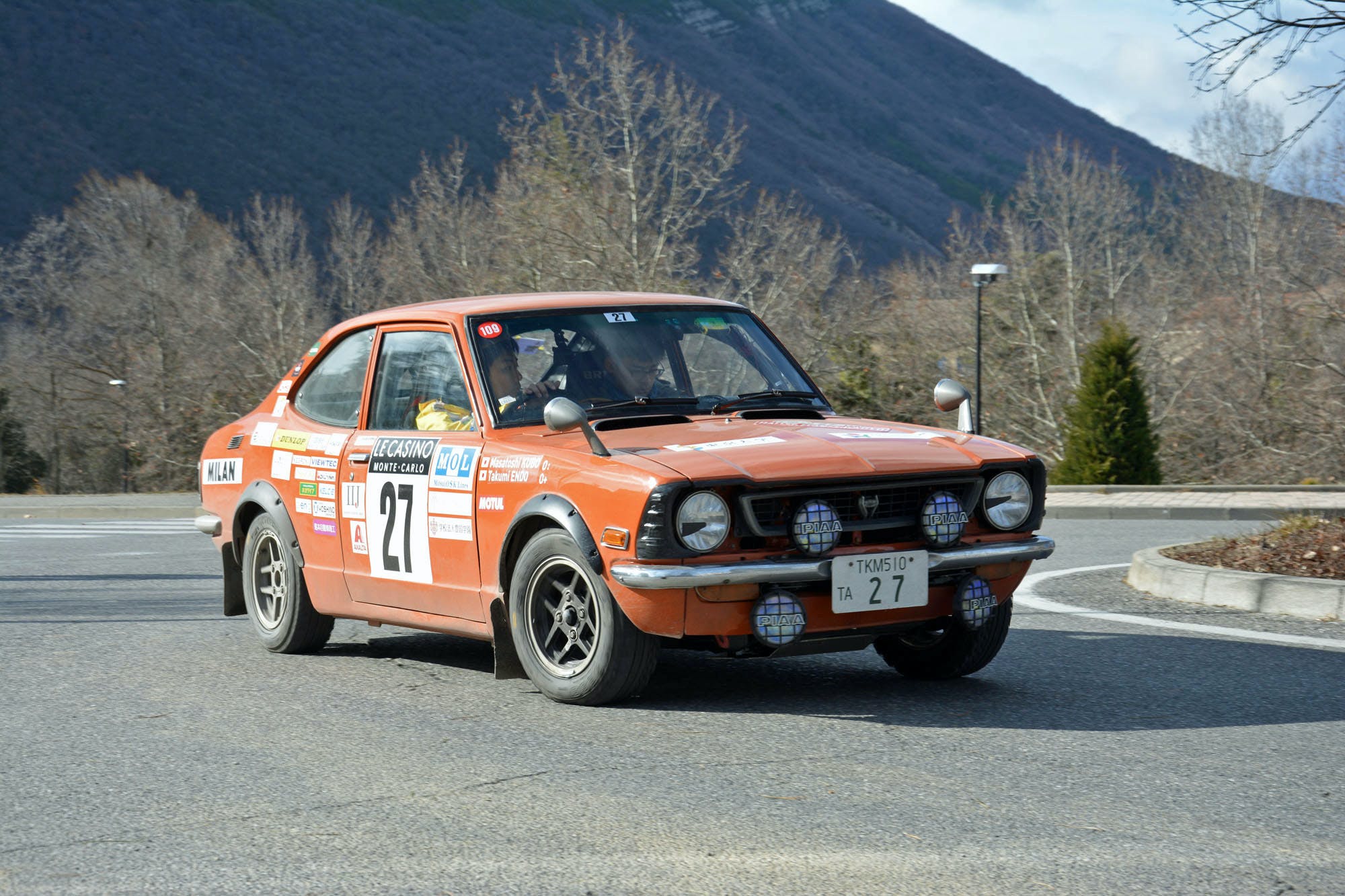
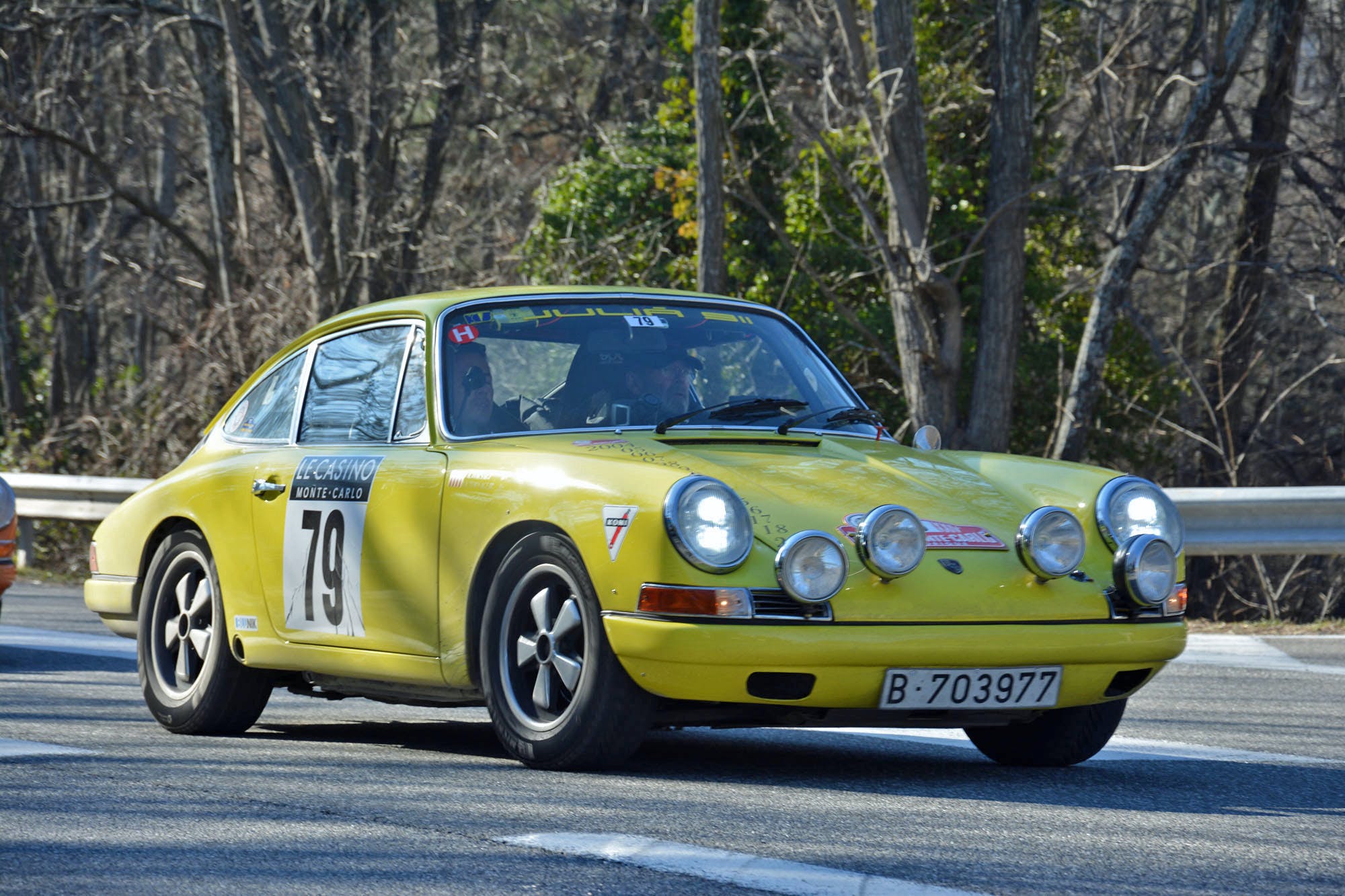
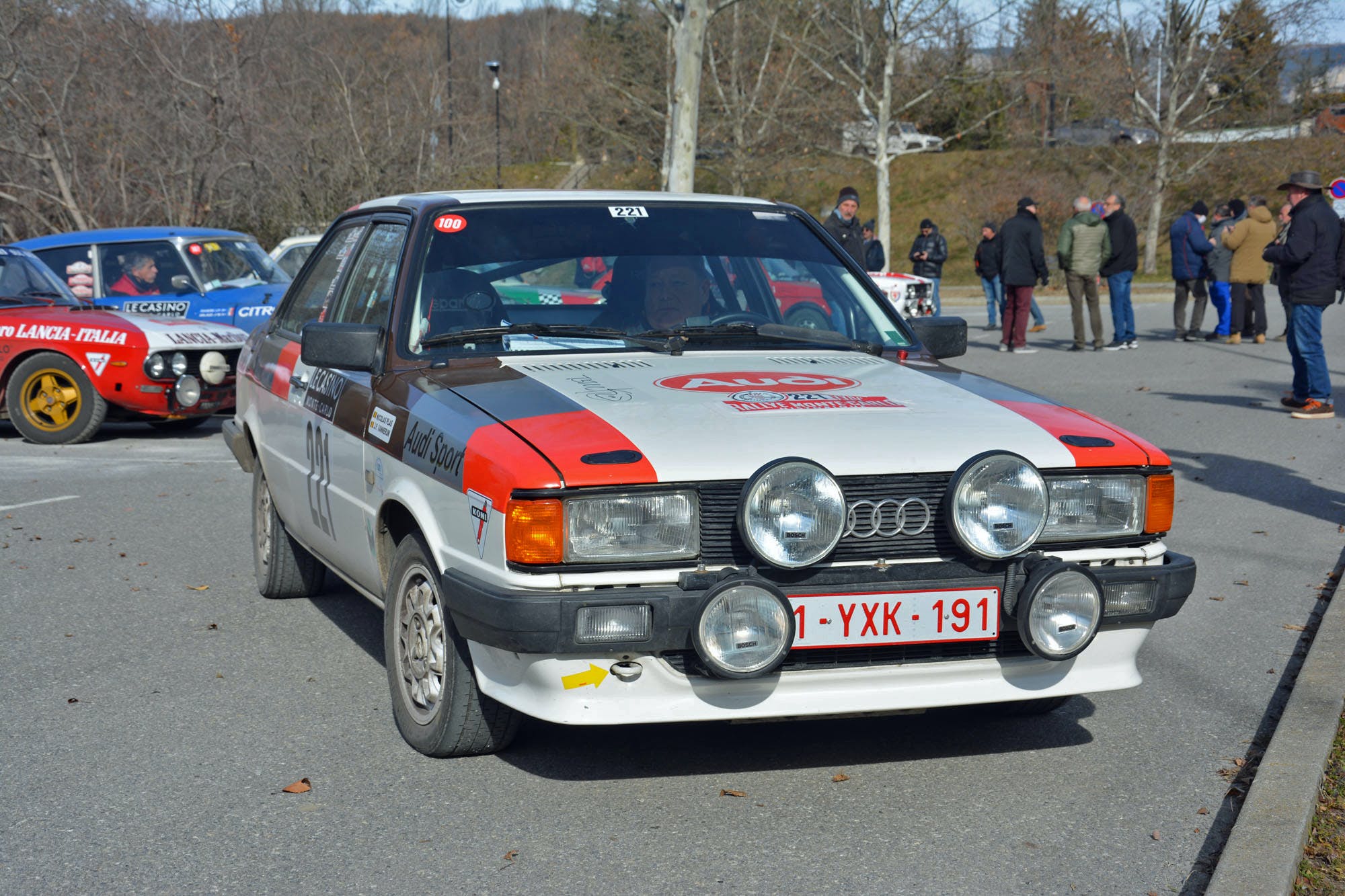
Japanese, French, German, Italian, Russian, or Czech, nearly everyone speaks fluent car. Sure, there are probably a handful of bitter, decades-old rivalries still simmering like a hearty stew, but solidarity reigns supreme. Participants generally help each other out when needed, digging part of an old inner tube out of the trunk of an Alfasud to patch a fuel leak on an Escort or rummaging through an A112 Abarth’s glovebox for a piece of string to help a Škoda 1000 MB get to the next stage under its own power.
Some issues can’t be fixed: a red 1981 Matra Murena wearing number 39 went home on a trailer towed by a Dacia Duster due to a crippling mechanical problem, for example, and a Stratos dropped out early on. Out of the 264 cars entered in the event, only 205 made it to the finish line. Serious crashes are mercifully rare, but dings, dents, and other blemishes certainly aren’t uncommon. This isn’t for garage queens. It’s an event that can take a sizeable toll on the cars entered in it as well as on the drivers and co-drivers.
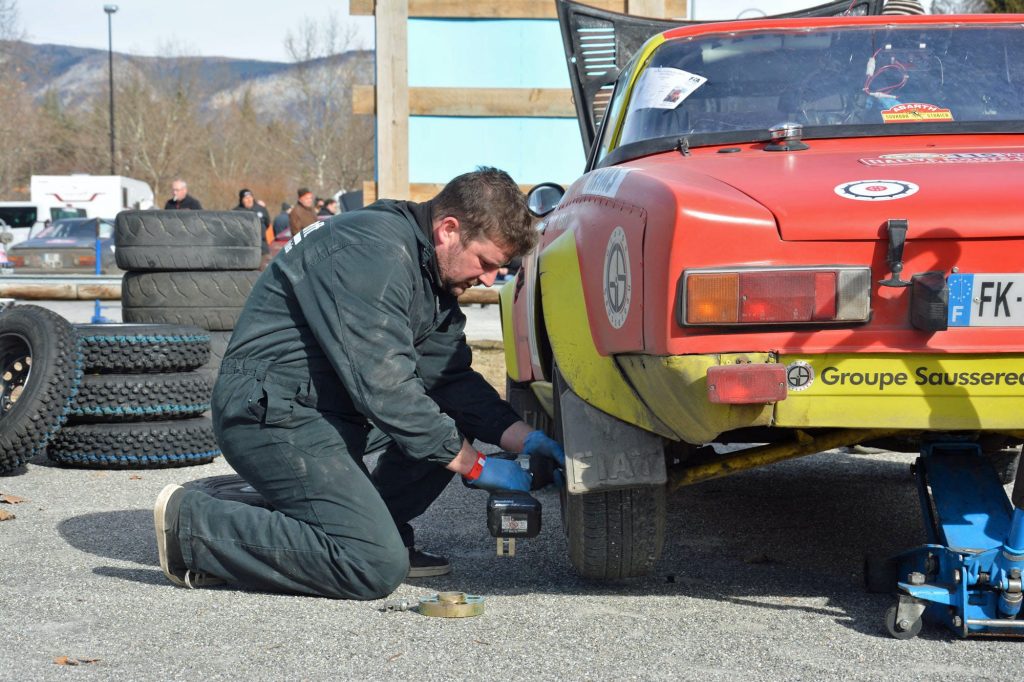
“The hardest part of this year’s Historique is the ice. There is a lot of ice on the roads and you need to maintain a speed of about 50 kilometers per hour,” said Antonio Arderiu Freixa from behind the wheel of his red and yellow Autobianchi A112 Abarth. And the best part? “This! It’s the camaraderie and the overall atmosphere,” he exclaimed, looking around at dozens of idling cars waiting for the next stage.
It’s this single-minded focus on classic cars that makes the Historique one of the most exciting events of the year. And, if you’re wondering: 2022’s winner was a 1965 Porsche 911 wearing number 45 and driven by the Cornet de Ways Ruart brothers from Belgium. Winning must feel nice, but just being a part of this event – even as a spectator – brings joy to anyone who loves to see special cars in action, celebrating a storied tradition of motorsport.
Read more
Sand storm: The women of speed tackling Pendine Sands in hot rods
“I want to find out for myself” – I was there the day Ayrton Senna went rallying
Drivers on Drivers: Martin Brundle ranks Mansell, Senna and Schumacher

